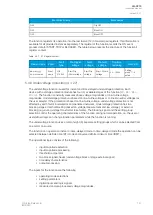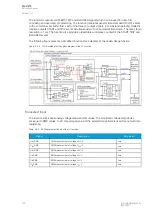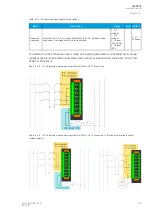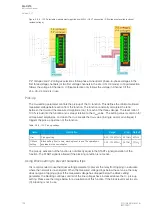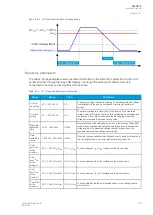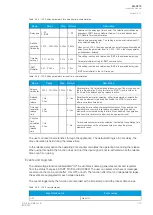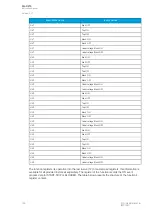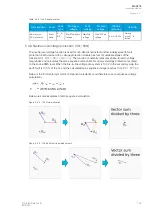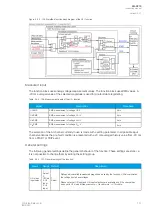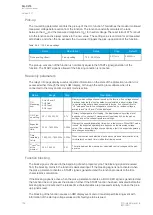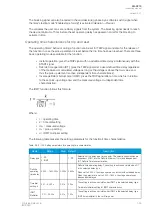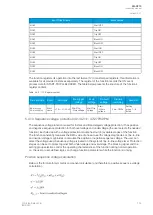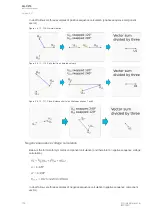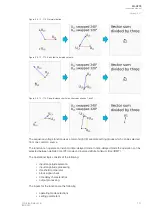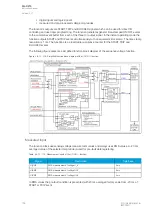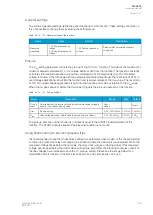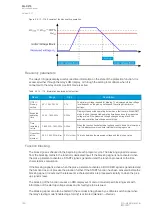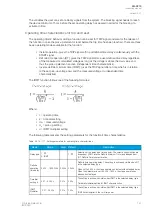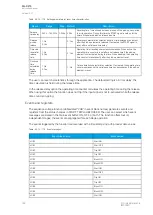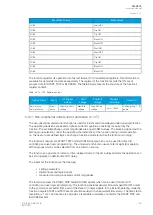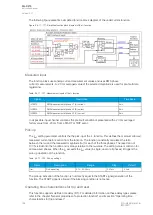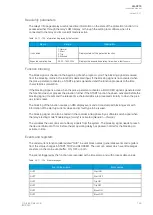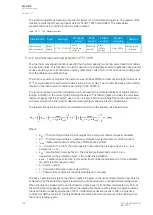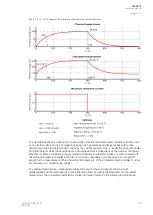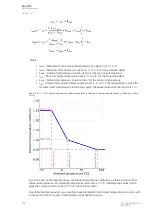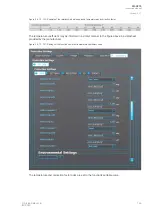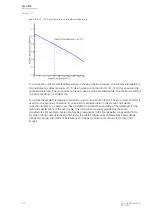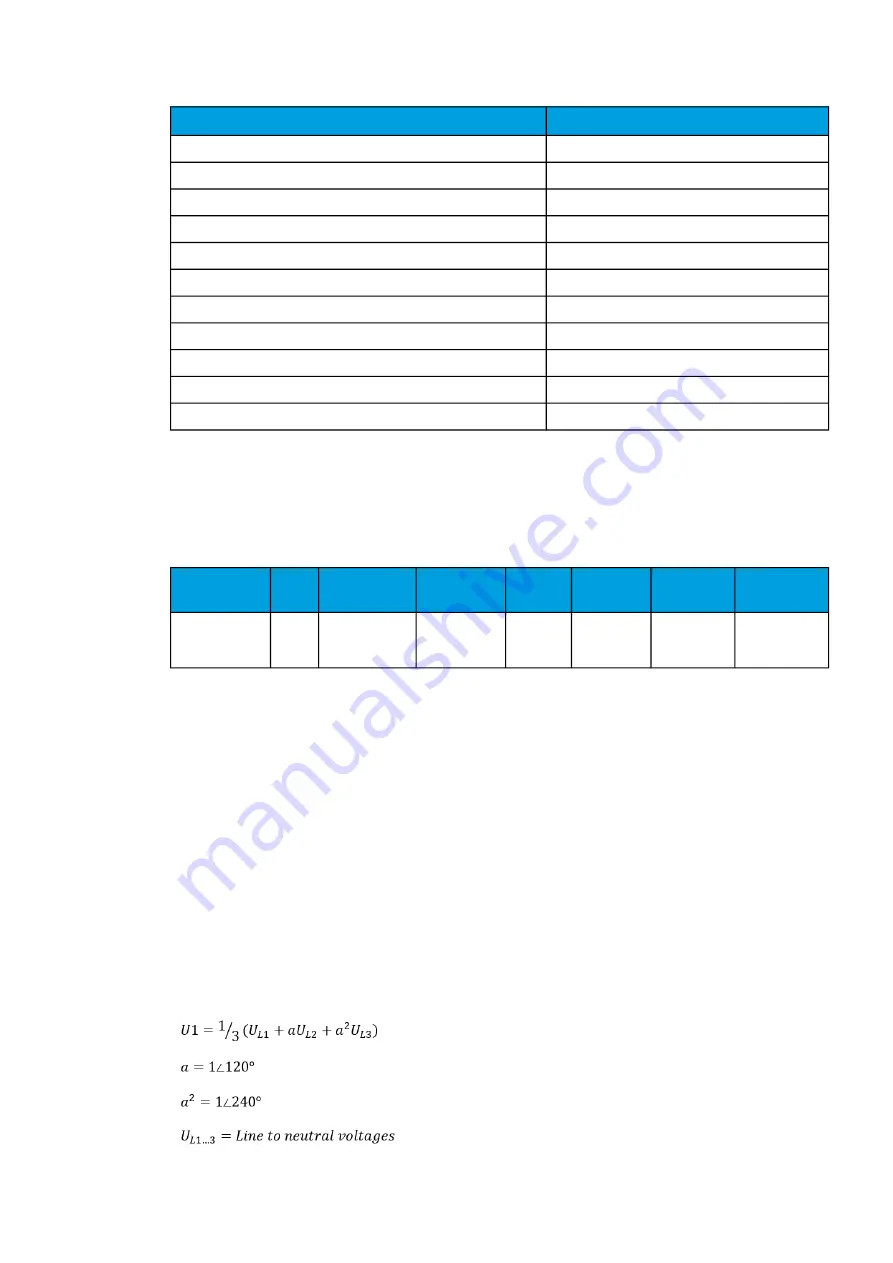
Event block name
Event names
NOV3
Start OFF
NOV3
Trip ON
NOV3
Trip OFF
NOV3
Block ON
NOV3
Block OFF
NOV4
Start ON
NOV4
Start OFF
NOV4
Trip ON
NOV4
Trip OFF
NOV4
Block ON
NOV4
Block OFF
The function registers its operation into the last twelve (12) time-stamped registers; this information is
available for all provided instances separately. The register of the function records the ON event
process data for START, TRIP or BLOCKED. The table below presents the structure of the function's
register content.
Table. 5.4.9 - 112. Register content.
Date and time Event
Fault type
Pre-trigger
voltage
Fault
voltage
Pre-fault
voltage
Trip time
remaining
Used SG
dd.mm.yyyy
hh:mm:ss.mss
Event
name
L1-G…L1-L2-L3 Start/Trip
-20ms voltage
Start/Trip
voltage
Start
-200ms
voltage
0 ms...1800s
Setting
group 1...8
active
5.4.10 Sequence voltage protection (U1/U2>/<; 47/27P/59PN)
The sequence voltage function is used for instant and time-delayed voltage protection. It has positive
and negative sequence protection for both overvoltage and undervoltage (the user selects the needed
function). Each device with a voltage protection module has four (4) available stages of the function.
The function constantly measures the RMS value of phase-to-earth voltage magnitudes, or line-to-line
and neutral voltage magnitudes to calculate the positive or negative sequence voltage. The user can
select the voltage used. Sequence voltage is based on the system's line-to-line voltage level. Protection
stages can be set to protect against both undervoltage and overvoltage. The blocking signal and the
setting group selection control the operating characteristics of the function during normal operation,
i.e. the user or user-defined logic can change function parameters while the function is running.
Positive sequence voltage calculation
Below is the formula for symmetric component calculation (and therefore to positive sequence voltage
calculation).
A
AQ
Q-C215
-C215
Instruction manual
Version: 2.07
© Arcteq Relays Ltd
IM00040
155

